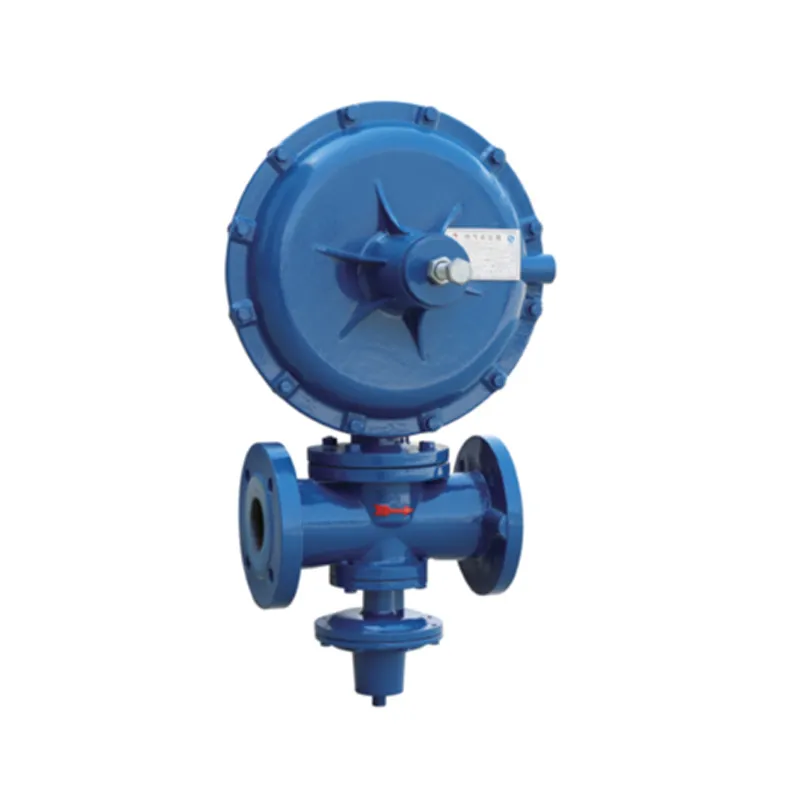
Dec . 05, 2024 15:03
Back to list
natural gas pressure reducing station
Natural Gas Pressure Reducing Stations An Overview
Natural gas is a crucial energy source, powering homes, industries, and transportation systems worldwide. However, transporting natural gas from production sites to end-users involves significant challenges, particularly regarding pressure management. One of the key components in this transportation system is the Natural Gas Pressure Reducing Station (PRDS). This article delves into the importance, functionality, and safety measures surrounding PRDS.
What is a Pressure Reducing Station?
A Natural Gas Pressure Reducing Station is a facility designed to regulate the pressure of natural gas as it travels through pipelines. Gas is originally transmitted at high pressures to ensure efficient transportation across long distances. However, once it reaches urban areas or industrial endpoints, the pressure must be reduced to safe and manageable levels suitable for distribution and use. A PRDS serves this critical function.
The Importance of PRDS
Pressure reducing stations are vital for several reasons
1. Safety High-pressure gas can be dangerous if not handled properly. By reducing the pressure to safe levels, PRDS help prevent accidents and ensure the safe use of natural gas in residential and commercial settings.
2. Efficiency Proper pressure regulation helps maintain the efficiency of natural gas systems. When the pressure is too high or too low, it can affect the performance of gas appliances and equipment, leading to inefficient energy use.
3. Regulatory Compliance Many regions have stringent regulations regarding the transportation and distribution of natural gas. PRDS are essential to meet these legal requirements, helping companies avoid potential fines and penalties.
4. Operational Reliability By ensuring gas pressure stability, PRDS contribute to the reliability of gas supply. This is particularly critical in areas where demand can fluctuate significantly, such as during extreme weather conditions.
How Does a PRDS Work?
A typical pressure reducing station operates through a combination of mechanical and electronic components. Here’s a simplified overview of its functioning
natural gas pressure reducing station

2. Pressure Regulator The core of the PRDS is the pressure regulator. This device automatically adjusts the flow of gas based on the pressure readings. If the pressure exceeds a predetermined level, the regulator opens to reduce the pressure, allowing the gas to flow smoothly at a safe level.
3. Bypass System In case of maintenance or regulator failure, a bypass system ensures that gas can still flow without interruption.
4. Outlet Valve Once the gas has been regulated, it exits through an outlet valve, ready for delivery to homes and businesses.
5. Monitoring Equipment Modern PRDS often include sophisticated monitoring equipment that collects real-time data on pressure and flow rates, allowing for remote management and adjustments.
Safety Measures
Given the potential dangers associated with high-pressure gas, safety is paramount in the operation of PRDS. Key safety measures include
1. Regular Maintenance Routine inspections and maintenance of equipment are crucial to ensure everything functions correctly and to prevent failures.
2. Pressure Relief Valves These valves automatically release pressure if it exceeds safe limits, serving as a fail-safe in emergencies.
3. Emergency Shutdown Systems PRDS are equipped with emergency shutdown systems that can quickly terminate gas flow in case of a hazardous situation.
4. Training and Protocols Personnel operating PRDS undergo rigorous training to handle emergencies effectively and implement safety protocols.
Conclusion
Natural Gas Pressure Reducing Stations are integral to the safe and efficient distribution of natural gas. They ensure that gas pressure is managed effectively throughout the supply chain, from high-pressure transmission lines to residential meters. With the increasing reliance on natural gas as an energy source, the role of PRDS will continue to be vital, ensuring safety, compliance, and reliability in gas delivery systems. As technology evolves, we can expect further improvements in the design and functionality of these stations, enhancing their efficiency and safety even more.
Next:
Latest news
-
Safety Valve Spring-Loaded Design Overpressure ProtectionNewsJul.25,2025
-
Precision Voltage Regulator AC5 Accuracy Grade PerformanceNewsJul.25,2025
-
Natural Gas Pressure Regulating Skid Industrial Pipeline ApplicationsNewsJul.25,2025
-
Natural Gas Filter Stainless Steel Mesh Element DesignNewsJul.25,2025
-
Gas Pressure Regulator Valve Direct-Acting Spring-Loaded DesignNewsJul.25,2025
-
Decompression Equipment Multi-Stage Heat Exchange System DesignNewsJul.25,2025

